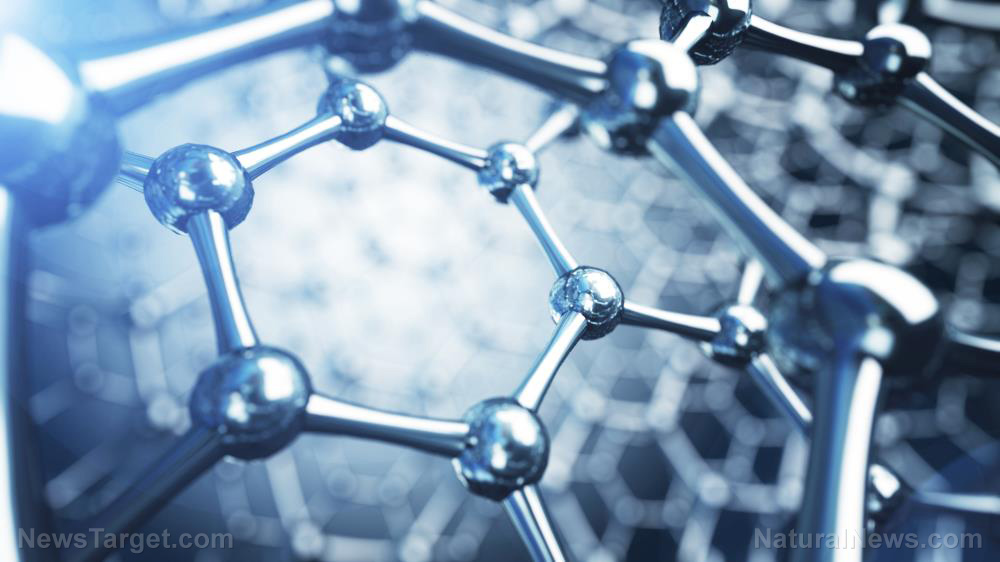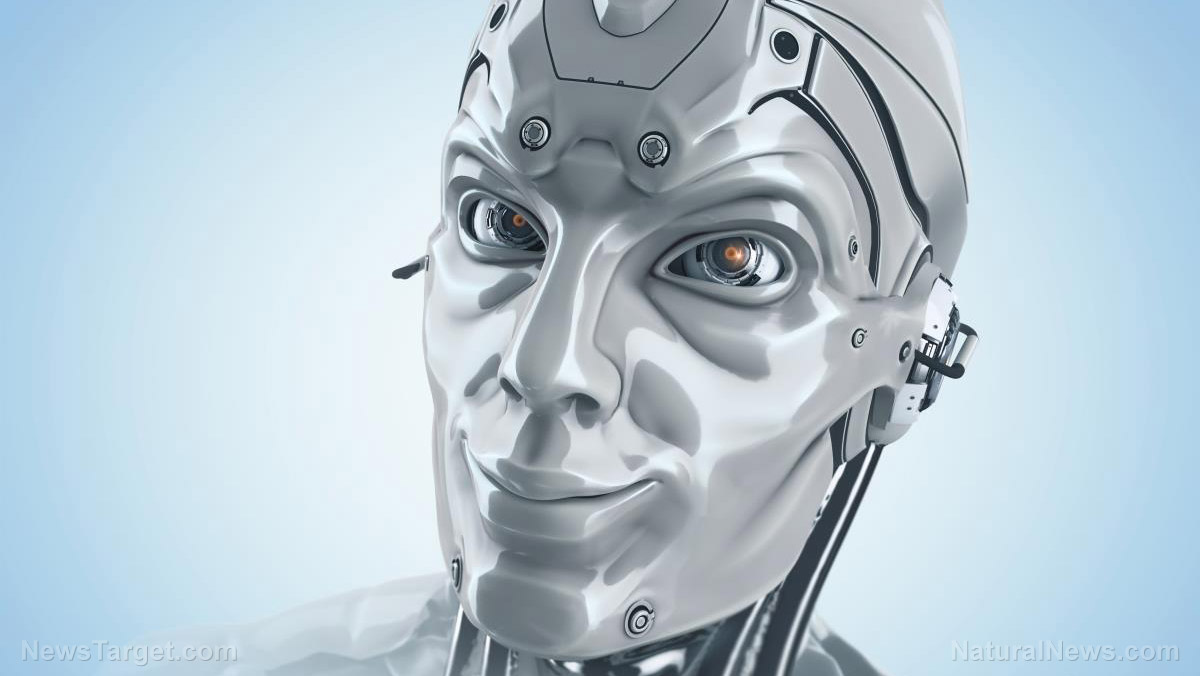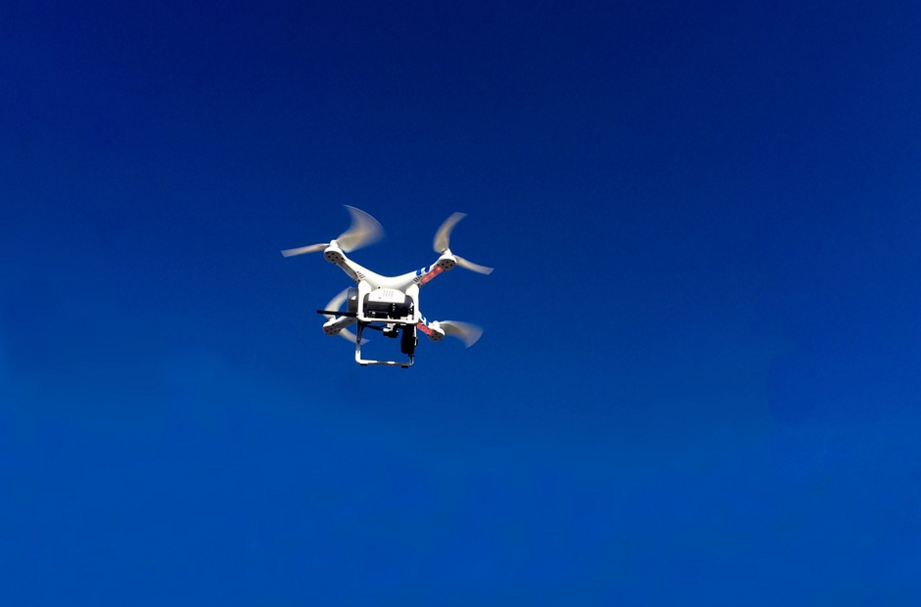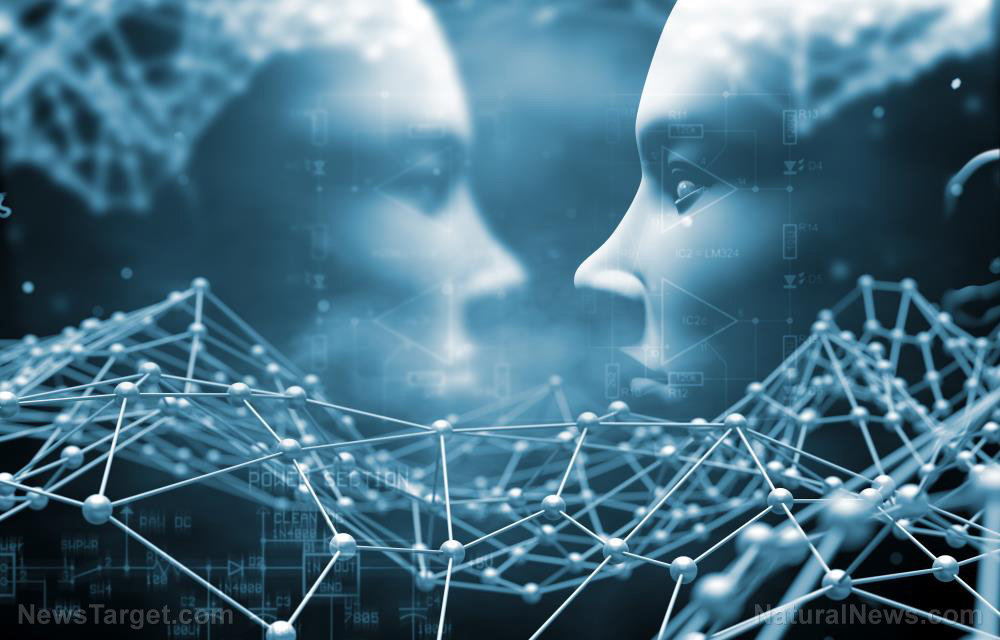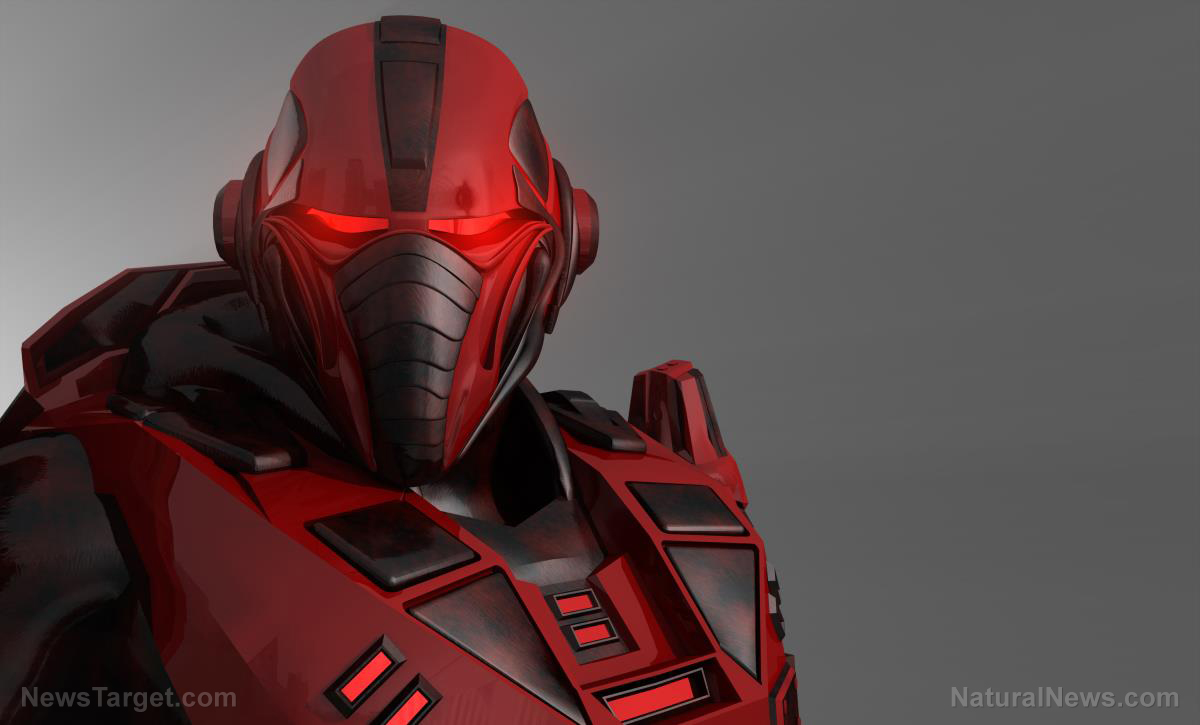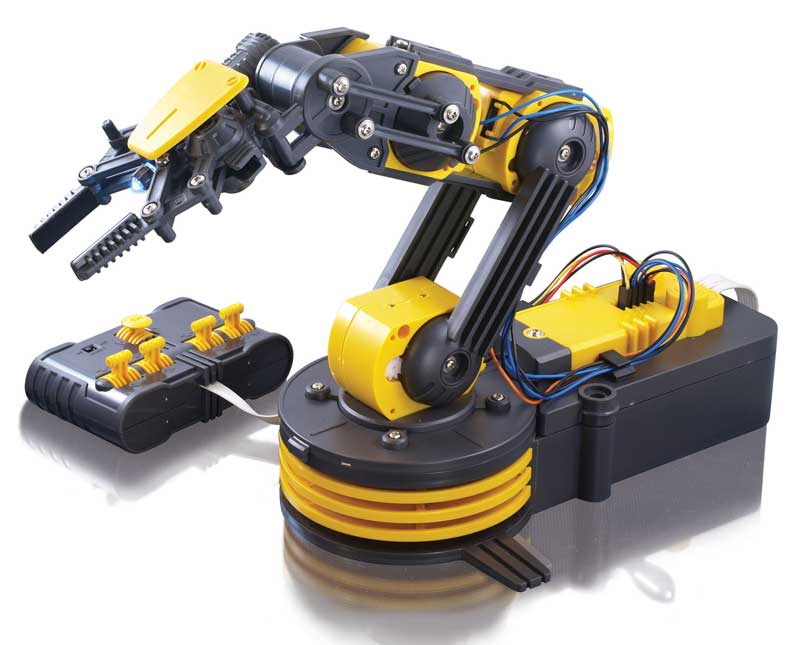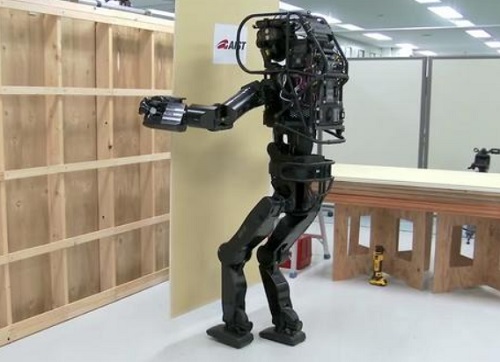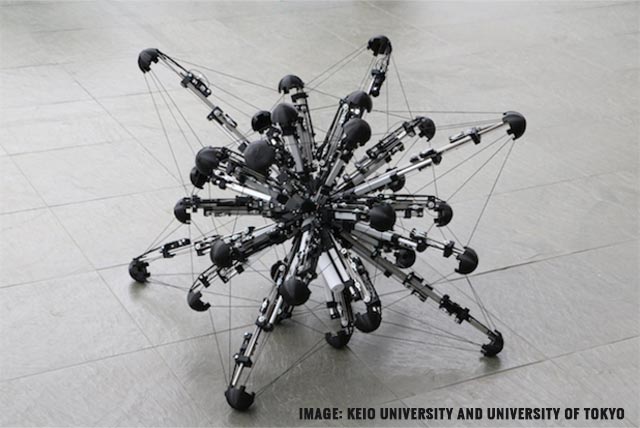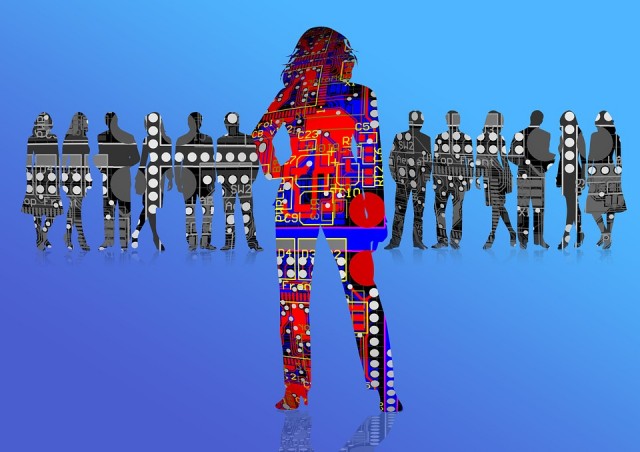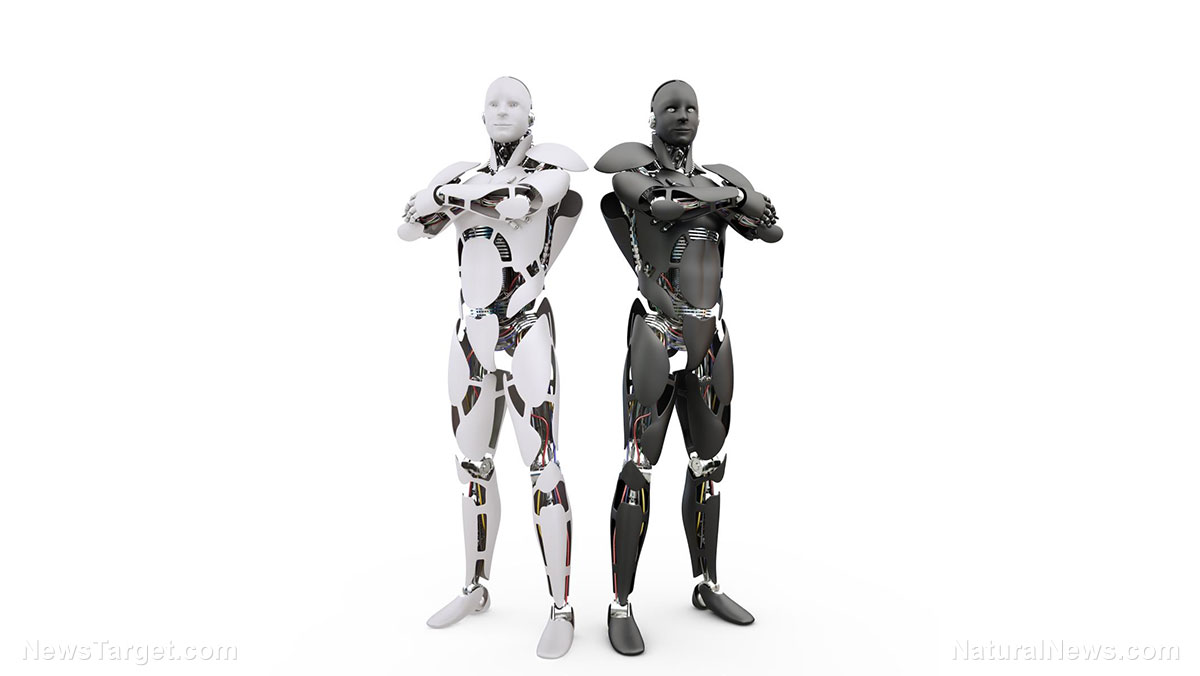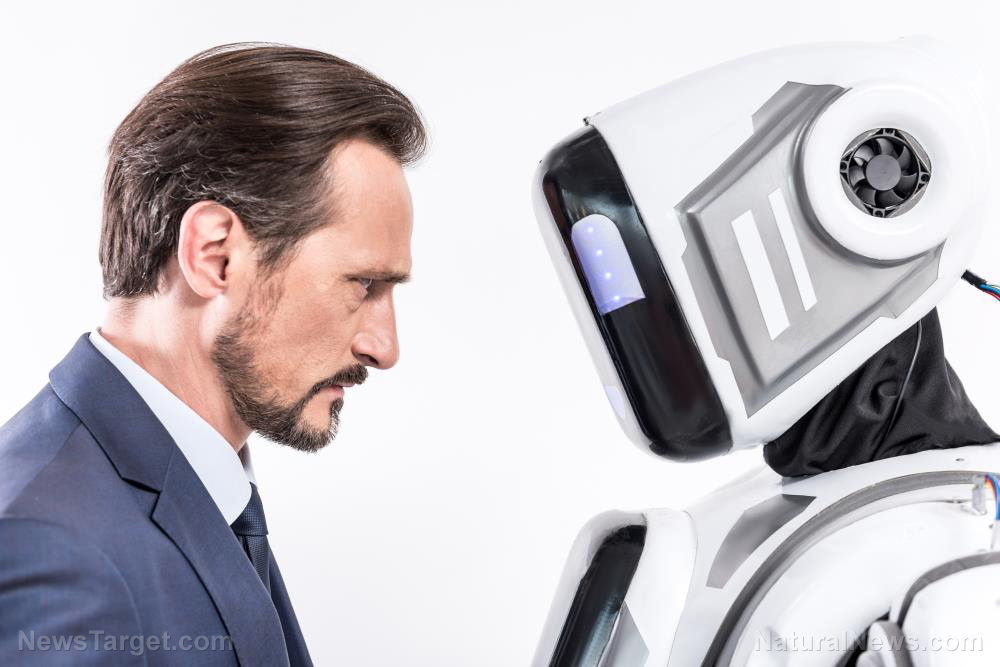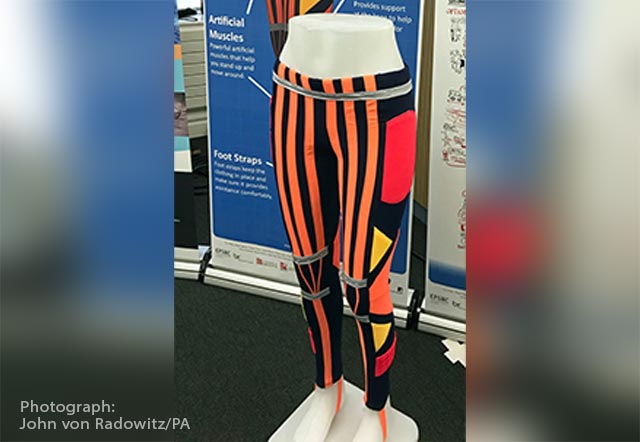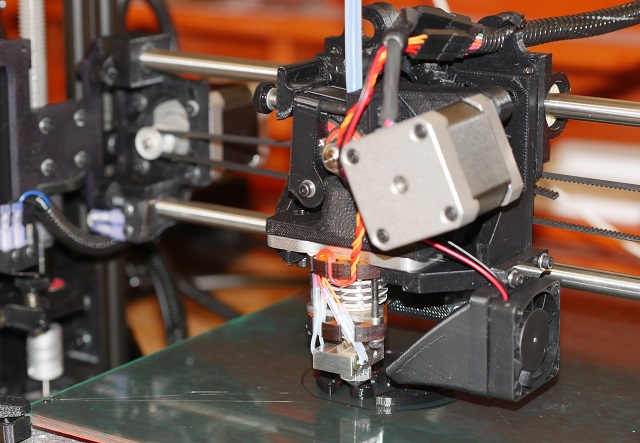AI system designed to manage the power of the sun
12/06/2018 / By Edsel Cook
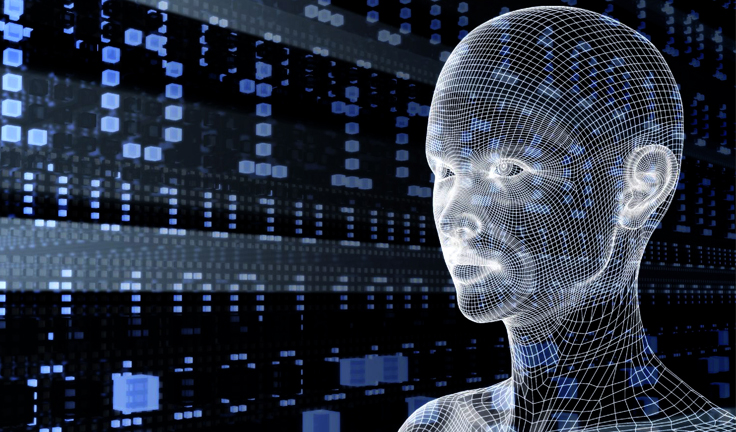
Practical fusion power requires an overseer that can keep an unblinking eye on the tokamak reactor and rein in any complication that could interrupt the production of energy. That is why the U.S. Department of Energy (DOE) came up with the bright idea of developing an artificial intelligence system to handle the job.
Named “Accelerated Deep Learning Discovery in Fusion Energy Science,” it will anticipate the appearance of disruptions in the fusion process. It will prevent the said event from causing damage to the tokamak reactor.
The AI has been chosen as one of the Aurora Early Science projects. It will join nine other data science and machine learning projects that will be run on the upcoming Aurora exascale computer.
Aurora is an extremely powerful computing system. It is expected to be 50 to 100 times faster than the best supercomputers of this generation.
It is slated for arrival at the Argonne Leadership Computing Facility in 2021. Once it has been set up, Aurora will claim the title of the first exascale computing system found in the U.S. (Related: Sad robot: Expert says that robots could become so life-like that they will develop mental illnesses too.)
New AI will keep an electronic eye on the state of tokamak plasma
Plasma is the super-heated and electrically charged state of matter. It is made up of atomic nuclei and free electrons. When the plasma of light elements are combined during fusion, the ensuing reaction produces a lot of energy.
This is the source of power of the Sun and other stars. It could provide nearly unlimited power on Earth, which is why researchers are looking for ways to replicate this process.
Princeton University (Princeton) and its partner Princeton Plasma Physics Laboratory (PPPL) are working on a way to predict and control the burning plasma fusion inside tokamak reactors. Burning plasma are reactions that can keep themselves running for very long periods of time.
A practical working tokamak – for example, the international ITER reactor – will rely on burning plasma to produce a steady supply of fusion energy. An AI like the one being designed by PPPL researcher William Tang is reputedly vital.
“Our research will utilize capabilities to accelerate progress that can only come from the deep learning form of artificial intelligence,” Tang said.
A deep-learning software so smart, it can predict plasma disruptions
Deep-learning AI are capable of performing very complicated calculations involving realistic image resolution. Their many layers of interconnected neural networks work in the same way as neurons in an organic brain.
The PPPL-Princeton artificial intelligence is made up of convolutional and recurrent neural sets. It can be taught to look for specific objects or occurrences.
Bearing the title of “Fusion Recurrent Neural Network” (FRNN), the deep-learning software is expected to make very fast predictions about future disruptions in large-scale tokamak plasmas. The AI will also be able to use the right control method to keep the fusion reaction going.
In its infancy, the software started training on clusters of small computers. It eventually moved on to supercomputing systems that can provide it with massive influxes of data about potential plasma disruptions. Eventually, it will gain access to the nearly unrivaled processing power of the Aurora exascale computing system.
FRNN will pore over the data for important clues that appear shortly before the actual disruptions. Using what it learned from earlier simulations, it can apply its supervised machine learning to warn operators about the impending chaos in the tokamak fusion reactor.
Robots.news can tell you all the reasons why it is not wise to hand the reins of fusion power to artificial intelligence.
Sources include:
Tagged Under: artificial intelligence, Aurora exascale computer, breakthrough, Deep Learning, energy, future science, innovation, machine learning, nuclear fusion power, plasma fusion, science and technology, supercomputers, tokamak fusion reactors
